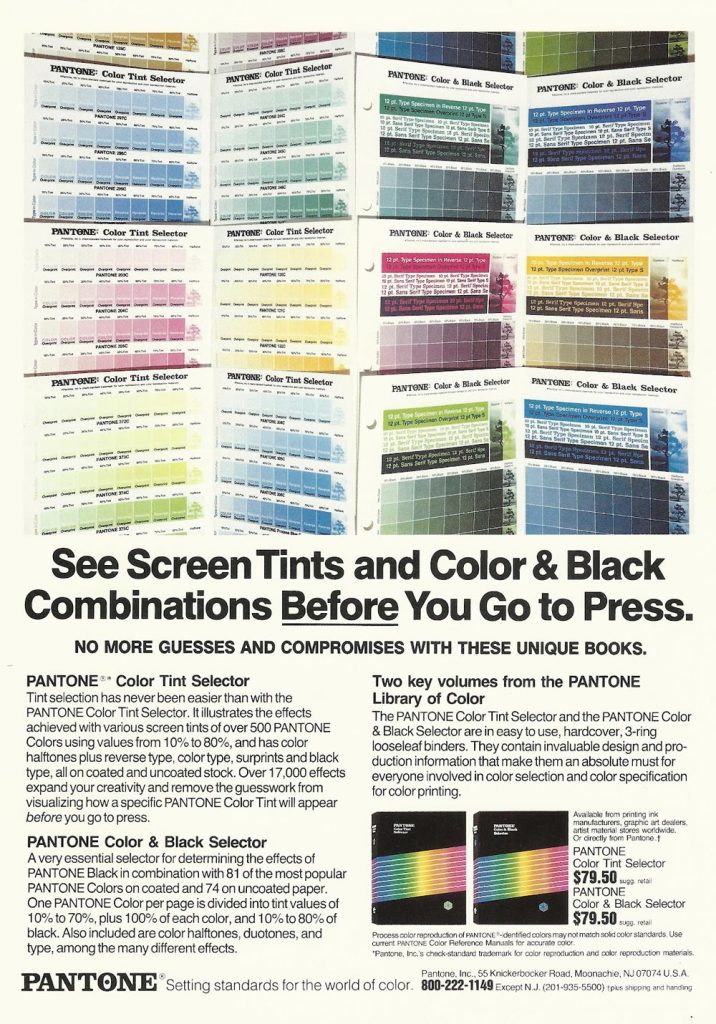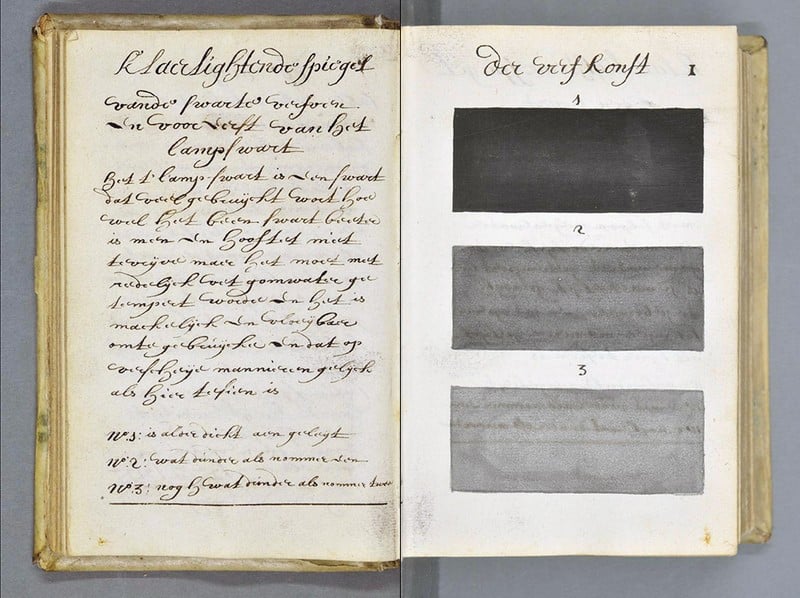

A. Boogert's introduction to the subject and his pioneering color guide focuses on the fascinating story of how, long before the development of the Pantone system, there existed a treatise that explored the depth and complexity of color in a way that had not been seen before.
Not only does this discovery change our understanding of historical color theory, but it also connects us to the present, offering us valuable lessons about the importance of documentation and experimentation in any creative field, especially with regard to color standards such as those set by Pantone today. Today, we invite you on a fascinating journey from the past to now where we can see that Pantone was discovered earlier than previously thought.

In 1692, A. Boogert wrote "Traité des couleurs servant à la peinture à l'eau," a monumental work on mixing watercolors that detailed precisely how to achieve a wide range of tones and hues. This book, probably the most comprehensive painting and color guide of its time, represented a significant advance in color theory, offering detailed instructions on modifying tone by adding water.
Although Boogert conceived the book as an educational tool for other artists, paradoxically, only one copy is preserved in the Méjanes Library in Aix-en-Provence, France. This suggests that his intention to share his knowledge may have been limited by the printing technology of his time or by other unknown circumstances.

Historian Erik Kwakkel rediscovered this gem while researching online archives, highlighting its importance to painters of the time and its role as a precursor to the Pantone system. Although Boogert's book never achieved fame during his lifetime, its digital access has allowed his work to be appreciated and studied today.
The Pantone guide, developed in 1963 by Lawrence Herbert, systematized inks for printing, establishing an industrial color standard. Although Boogert's approach was different, they both shared the goal of creating a reliable system for color reproduction.
Boogert's work, with its detailed exploration of watercolor mixtures, presents a unique perspective on solving the color problems of his time. It leaves us wondering how painting and design would have evolved if his treatise had been widely disseminated and adopted by contemporary and future artists.
Boogert's "Traité des couleurs" remained hidden from the world for centuries, recently rediscovered by art historians diving into the archives of the Méjanes Library in Aix-en-Provence, France. This discovery has not only shed light on the history of color theory, but has also inspired artists and designers today.

A. Boogert's color guide is more than just a historical precedent for the Pantone system; It is a window into the complexity and beauty of human perception of color. In the world of signage and point of sale, where colour plays a fundamental role in visual communication, the lessons drawn from this century-old work are still surprisingly relevant. If you want to know more about: A. Boogert or see more about Pantone

A. Boogert's introduction to the subject and his pioneering color guide focuses on the fascinating story of how, long before the development of the Pantone system, there existed a treatise that explored the depth and complexity of color in a way that had not been seen before.
Not only does this discovery change our understanding of historical color theory, but it also connects us to the present, offering us valuable lessons about the importance of documentation and experimentation in any creative field, especially with regard to color standards such as those set by Pantone today. Today, we invite you on a fascinating journey from the past to now where we can see that Pantone was discovered earlier than previously thought.

In 1692, A. Boogert wrote "Traité des couleurs servant à la peinture à l'eau," a monumental work on mixing watercolors that detailed precisely how to achieve a wide range of tones and hues. This book, probably the most comprehensive painting and color guide of its time, represented a significant advance in color theory, offering detailed instructions on modifying tone by adding water.
Although Boogert conceived the book as an educational tool for other artists, paradoxically, only one copy is preserved in the Méjanes Library in Aix-en-Provence, France. This suggests that his intention to share his knowledge may have been limited by the printing technology of his time or by other unknown circumstances.

Historian Erik Kwakkel rediscovered this gem while researching online archives, highlighting its importance to painters of the time and its role as a precursor to the Pantone system. Although Boogert's book never achieved fame during his lifetime, its digital access has allowed his work to be appreciated and studied today.
The Pantone guide, developed in 1963 by Lawrence Herbert, systematized inks for printing, establishing an industrial color standard. Although Boogert's approach was different, they both shared the goal of creating a reliable system for color reproduction.
Boogert's work, with its detailed exploration of watercolor mixtures, presents a unique perspective on solving the color problems of his time. It leaves us wondering how painting and design would have evolved if his treatise had been widely disseminated and adopted by contemporary and future artists.
Boogert's "Traité des couleurs" remained hidden from the world for centuries, recently rediscovered by art historians diving into the archives of the Méjanes Library in Aix-en-Provence, France. This discovery has not only shed light on the history of color theory, but has also inspired artists and designers today.

A. Boogert's color guide is more than just a historical precedent for the Pantone system; It is a window into the complexity and beauty of human perception of color. In the world of signage and point of sale, where colour plays a fundamental role in visual communication, the lessons drawn from this century-old work are still surprisingly relevant. If you want to know more about: A. Boogert or see more about Pantone
